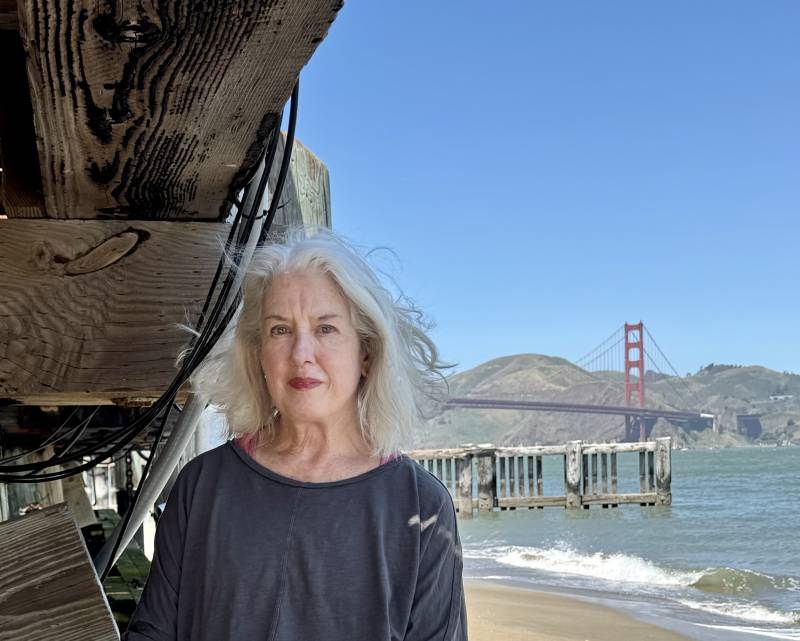Elizabeth Levett Fortier reminds us that the value of a San Francisco Muni ride is often much higher than the fare.
I was on the #33 Ashbury one day recently, when a man slammed his car into the side of the bus right under my window. Funny thing, people barely reacted. We all just got off and walked to the next stop.
This kind of incident happens sometimes, but it doesn’t dissuade me from flashing my Clipper card and finding my spot. It’s all part of the ride. Included in the fare.
I feel a strange loyalty to riding Muni and defend my choice when friends insist that they’re happy to pick me up or ask if I’d like them to call an Uber.
It’s the people on the bus that I’m drawn to. There’s something about being a witness for the lady navigating a stroller past the phone-fixated person leaning against the door frame or that driver who stopped the 21 Hayes Street bus one morning, leaned out the window and yelled, “How come you’re not in school?” Or that passenger who took the wheel and operated the brakes when a driver had a sudden stroke and lost consciousness. The bus veered off course and ploughed across the panhandle from Oak Street almost all the way to Fell [Street]. A bus full of people is a slice of community, a part of something bigger than itself.
